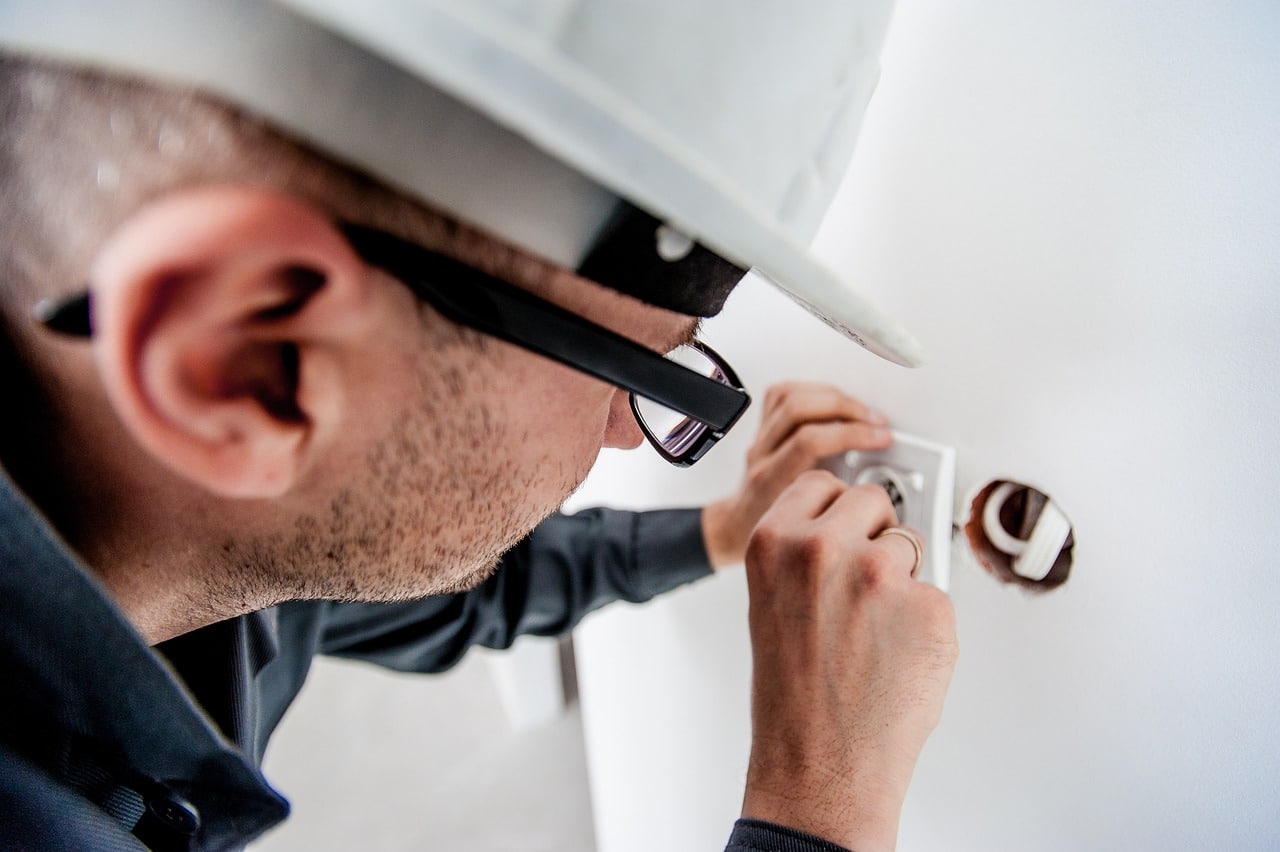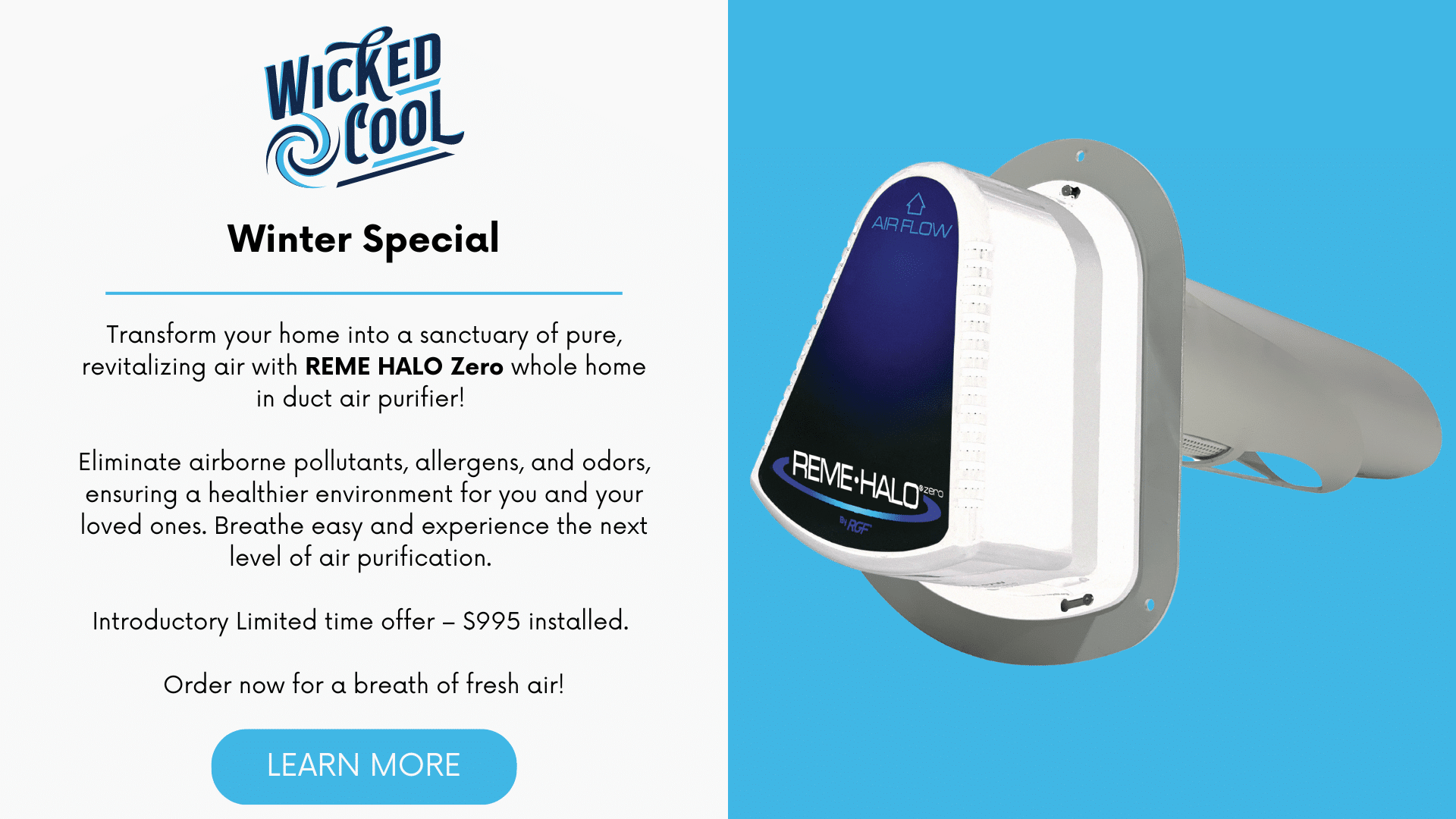A/C Repair: What You Can and Cannot Do

Considering Do-It-Yourself (DIY) A/C Repair?
As summer temperatures rise, it’s natural to want to find ways to save money on your energy bills. DIY air conditioning repair can help you save money via doing the work yourself, and you can also learn valuable skills that can be applied to other areas of your home. With DIY A/C repair, you can often diagnose problems more quickly than a professional technician, since you’re familiar with your AC unit and its quirks. This can save you time and money in the long run.
However, it’s important to note that not all A/C repairs are safe or even possible for inexperienced homeowners. Before attempting any repairs, it’s important to understand the risks involved.
Risks of DIY A/C Repair
- One of the biggest risks of DIY is the potential for injury. Working with electrical systems can be dangerous, and improper handling of refrigerants can cause serious harm to both you, your property, and the environment.
- There is also the risk of further damage to your AC unit. If you don’t know what you’re doing, you could cause more harm. This can end up costing you more
in the long run, as you may need to call in a professional to fix the additional AC unit damage you caused. - Attempting DIY repairs can also void your warranty. This can end up costing you more money in the long run, as you’ll need to pay for repairs out of pocket.
Understanding Your A/C System Type
Before attempting any DIY A/C repairs, it’s important to have a basic understanding of how your unit works. The most common type of air conditioning system is the split system, which consists of an outdoor unit and an indoor unit. The outdoor unit contains the compressor, while the indoor unit contains the evaporator coil.
The compressor circulates refrigerant through the system, removing heat from the air and transferring it outside. The evaporator coil then cools the air and circulates it back into your home. Understanding this basic process can help you diagnose and fix problems with your A/C unit.
Types of AC systems are:
- Central Air Conditioning – A central AC system uses an outdoor compressor unit to cool air, which is then distributed through a system of ducts throughout the home.
- Ductless Mini-Split Air Conditioning – Ductless AC systems are composed of an outdoor compressor unit and multiple indoor air-handling units. Each indoor unit is connected to the outdoor unit through a conduit containing power and refrigerant lines.
- Window Units – The most common type of air conditioning system in single rooms or small apartments.
- Portable Air Conditioners – Self-contained units that are placed in a window or through a wall and can be moved from room to room.
- Hybrid AC Systems – Combines a central air conditioning system with a ductless mini-split system. This allows you to have the benefits of both systems in one.
- Geothermal Heat Pumps – Energy-efficient systems that use Earth’s natural heat to cool and heat your home.
A/C Problems that Require Professional Help
A number of issues require professional help no matter what. These may include:
- Refrigerant leaks
- Faulty compressors
- Electrical problems
- Complex thermostat issues
If you’re not sure whether a problem requires professional help, it’s best to err on the side of caution and call in a technician.
Common A/C Problems You Can Fix Yourself
Many common problems can be fixed by a homeowner. Here are a few examples.
1. Dirty Air Filter
One of the most common causes of A/C problems is also one of the easiest to fix! Over time, the filter can become clogged with dust and debris, which can restrict airflow and reduce the efficiency of your unit. Fortunately, changing the air filter is a simple task that can be done by most homeowners. Simply locate the filter, remove it from the unit, and replace it with a new one.
2. Clogged Condensate Drain
Over time, dirt and debris can build up in the drain line, causing it to become clogged. This can lead to water damage and even mold growth in your home. To fix the problem, locate the drain line and use a wet/dry vacuum to clear out any debris.
2. Frozen Evaporator Coil
If your A/C unit is blowing warm air, the problem may be a frozen evaporator coil. This can be caused by a number of factors, including low refrigerant levels, dirty air filters, or a faulty thermostat. To fix the problem, turn off the unit and let the coil thaw for several hours. Once thawed, check the refrigerant levels and replace the air filter if necessary.
Safety Precautions to Take Before Attempting DIY A/C Repair
- Wear appropriate safety goggles and gloves.
- Turn off the power to the unit before beginning work.
- If you’re working with refrigerants, take extra care. Read labels and warning carefully, protect skin, don’t breathe in fumes, and keep children and pets away from your work
area.
If you’re not confident of your ability to safely complete repairs, don’t hesitate to call for professional help.
Tools and Equipment Needed for DIY A/C Repair
You’ll need a few basic tools and pieces of equipment:
- Screwdrivers
- Wrenches
- Pliers
- Voltmeter
- Refrigerant gauge
- Wet/dry vacuum (shop vac)
- Safety goggles
- Gloves
It’s important to note that some A/C repairs may require specialized equipment that is not readily available to homeowners. In these cases, it’s best to call in a professional.
Finding a Trustworthy A/C Repair Service
If you do need to call in a professional for A/C repairs, it’s important to find a trustworthy service provider. Look for a company with a good reputation, positive reviews, and a track record of quality work. Additionally, make sure the company is licensed and insured, and ask for references before agreeing to any work.
Conclusion
DIY A/C repair can be a great way to save money and learn new skills. However, it’s important to recognize the risks involved and understand the limitations of your own knowledge and abilities. Before attempting any repairs, make sure you have a basic understanding of how your unit works and take the proper safety precautions. If you’re not comfortable with a particular repair, it’s best to call in a professional. With the right combination of DIY skills and professional expertise, you can keep your A/C unit running smoothly all summer long.
